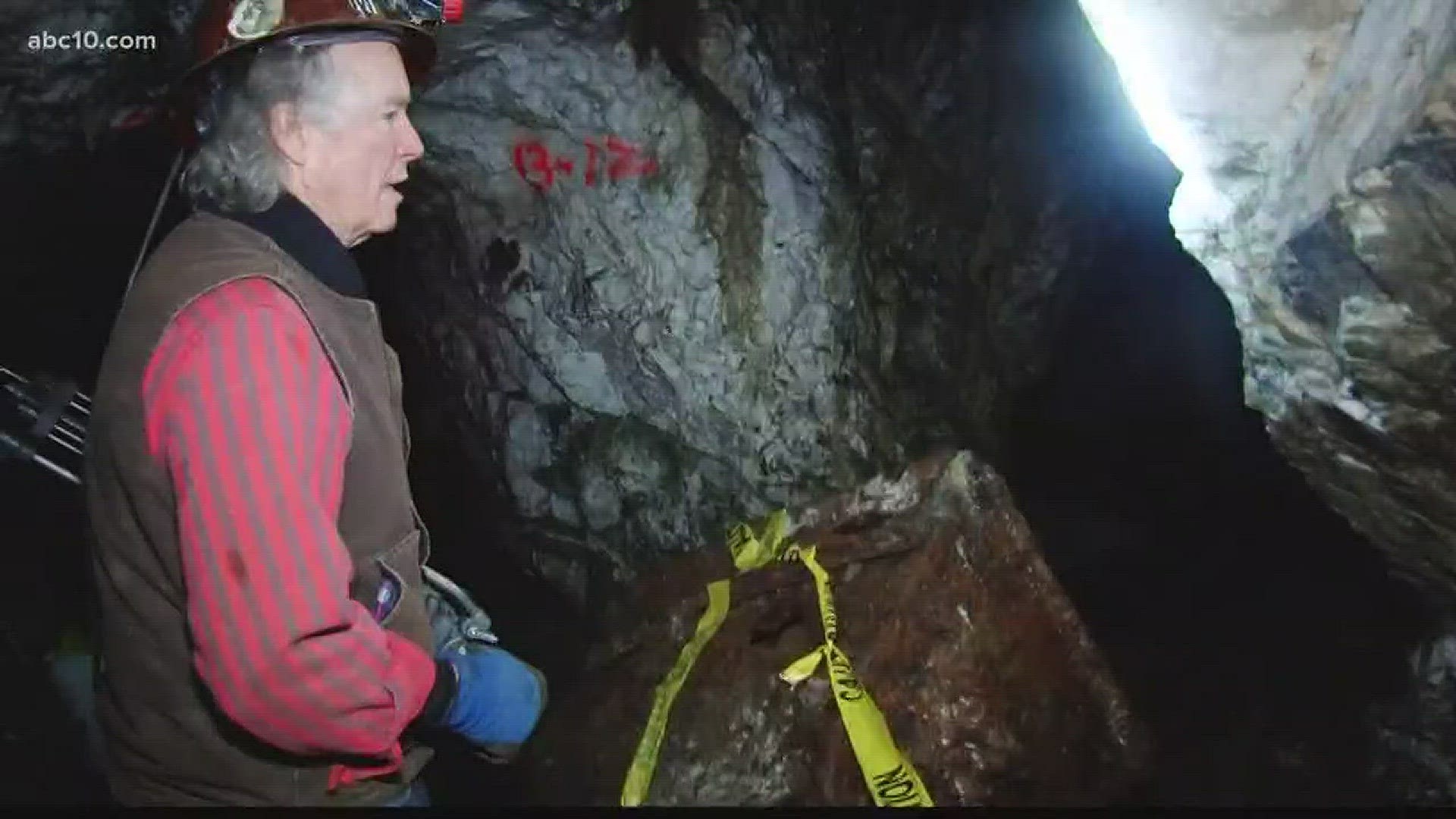California is the Golden State. In 1849, thousands of miners rushed to the Sierra foothills to strike it rich. Today, gold mining is a dying industry, but one gold mining company has managed to stay in business.
The Original Sixteen to One Mine has produces more than one million ounces of gold. It’s also the oldest gold mining company in America.
"We are standing outside the richest concentration of gold in the world." mine president Mike Miller said. "The Sixteen to One Mine is located in the little town of Alleghany in Sierra County, and it's been operating since 1911.
Most of California's Gold originates from a 200-mile quartz vein that spans from Plumas County to Mariposa County. The Sixteen to One Mine has only explored a fraction of it.
“We really are the last mining company in the Sierra gold belt.” Miller said.
For some strange geological reason, gold particles in the Sierra quartz vein is purer than most other gold deposits. Miller said that means the company doesn't need to use a chemical to process it, and it also fetches a higher price.
In the early 1990s, the Sixteen to One Mine hit a rough patch. Gold was hard to fine until miners started using metal detectors.
In 1993, they struck a vein that produced $1 million worth of gold in one shift.
“It was one of the most exciting days here at the mine.” Miller said. The metal detector idea may have saved the mine, but these days there is another threat to the industry.
“California regulators are getting out of hand," Miller explained.
Regulations for the mining industry started growing in 1975 with the introduction of the Surface Mine and Reclamation Act. It was created to protect the environment, but over the years Miller said other government agencies littered the mining industry with so many new rules that miners are having a tough time mining.
"We need to be regulated but, we need to be fairly regulated and it hasn't been fair." Miller said.
He added that more than a dozen different agencies can monitor mining. The Sixteen to One Mine is currently under review from water regulators. Another law could stop production at the mine, but Miller is an optimist.
Work at the Sixteen to One Mine is never ending. Only 20 percent of the rock has been explored. In fact, most of the gold veins in the foothills have not been explored.
California gold miners have been through than 150 years of struggles. Miller hopes that regulators will take a closer look at those struggles so that California gold miners live on.

